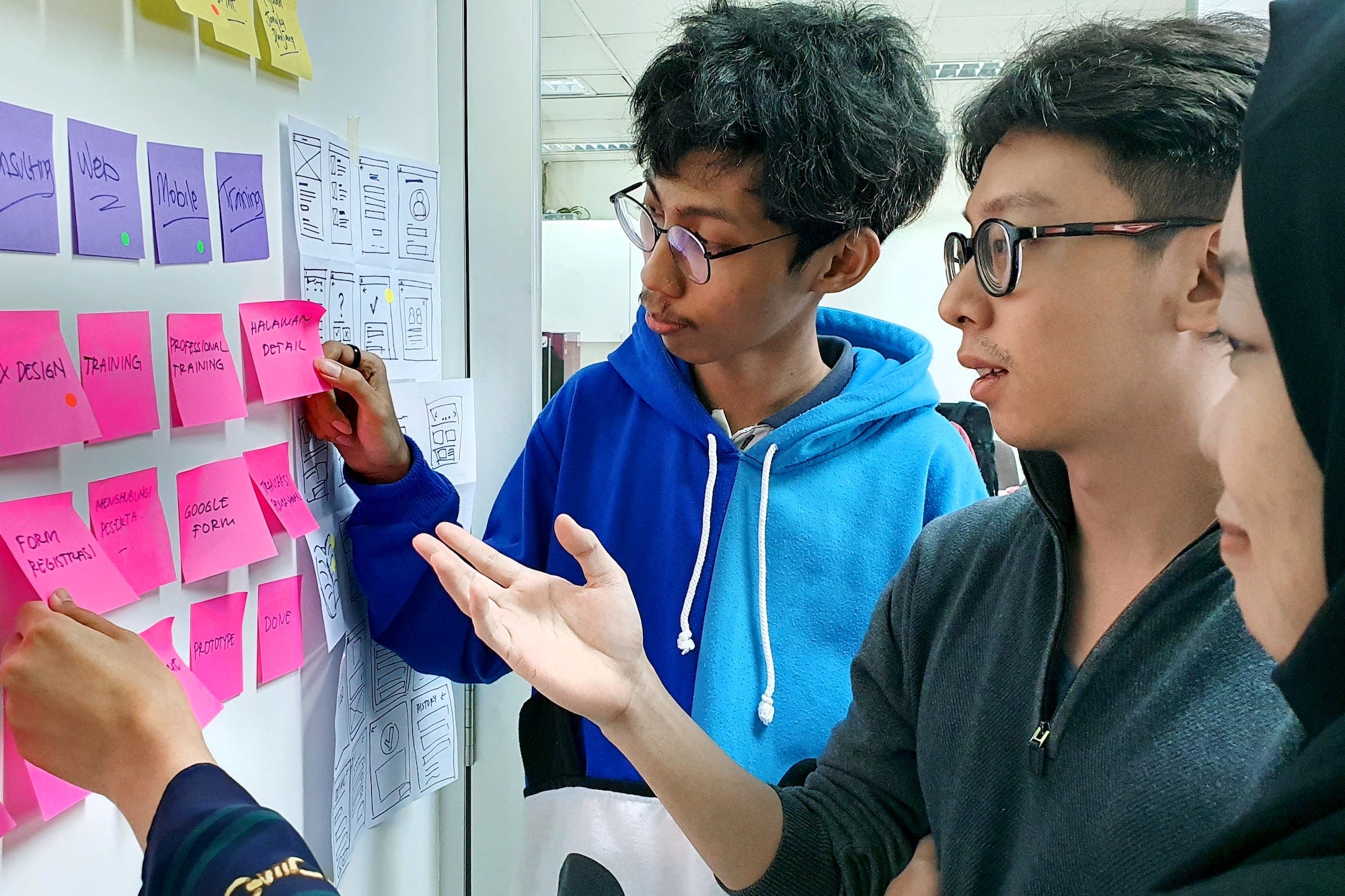The User is Not You: A Reminder for UX Professionals
One of the most serious consequences of assuming we are the users is bias in the design process.

As UX designers and researchers, it is easy to believe that we know everything there is to know about our users. We've spent countless hours observing, interviewing, and analyzing their behavior, so it's natural to assume we have a thorough understanding of their wants and needs.
However, it is critical to remember that we, as UX professionals, are not the users. Although we share some characteristics and preferences, we do not represent the entire user base. It is critical to keep this in mind throughout the design process in order to create products that truly meet the needs of our users.
This emphasizes the importance of conducting user research and testing throughout the design process. By understanding the needs, pain points, and goals of our user base, we can design experiences that cater to their unique needs and preferences. Ultimately, this approach leads to more successful and user-centric products.
One of the most serious consequences of assuming we are the users is bias in the design process. We may, for example, design a product based on our own assumptions and preferences, without taking into account our users' unique perspectives and needs. As a result, the product may be rendered unusable or fail to meet the needs of the intended market.
To avoid this bias, UX professionals must be vigilant throughout the design process. This includes regularly testing and iterating on our designs, soliciting feedback from real users, and being willing to make changes based on that feedback. It also entails acknowledging our own flaws and biases and working to overcome them through empathy and user-centered design.

Another critical factor to consider is that our role as UX professionals is to advocate for users. Although we are not the end users, we must represent their needs and interests throughout the design process. This entails advocating for user-centered design and confronting stakeholders or team members who may place their own goals or assumptions ahead of the needs of the users.
How to avoid feeling like a user while conducting research

It can be difficult to avoid feeling like the users during UX research, but there are several strategies that UX professionals can use to stay objective and focused on the needs of the users:
- Conduct thorough user research: To truly understand the needs of the users, UX professionals should conduct extensive research that includes a variety of methods such as interviews, surveys, observations, and usability testing. By gathering a range of data from diverse sources, UX professionals can gain a more holistic understanding of the user's needs and avoid relying solely on their own assumptions or preferences.
- Create user personas: Based on research and data, user personas are fictional representations of the target audience. These personas can help UX professionals focus on the needs of the users rather than their own preferences. It is critical to include a variety of characteristics and preferences when creating user personas to ensure that the personas accurately represent the target audience.
- Conduct user testing: User testing involves observing and gathering feedback from users as they interact with a product or prototype. This method can help UX professionals gather valuable insights into user behavior and preferences and identify areas for improvement in the design. It's important to involve a diverse group of users to gather a range of perspectives.
- Collaborate closely with cross-functional teams: UX professionals should work closely with cross-functional teams like product managers, developers, and marketers. Teams that collaborate can ensure that the product meets the needs of the users while also meeting business objectives. This collaboration can also assist UX professionals in remaining objective and avoiding designing for personal preferences.
- Test designs with real users: Testing designs with real users is one of the most effective ways to avoid feeling like the users. Usability testing can provide valuable feedback on the user experience and assist UX professionals in identifying areas where the design may fall short of the users' expectations. This feedback can then be used to make iterative design improvements.
- Embrace empathy: Empathy is a key skill for UX professionals. By putting themselves in the shoes of the users, UX professionals can better understand their needs and design products that truly meet those needs. This requires a willingness to step outside of one's own perspective and truly listen to the needs of the users.
In conclusion, as UX designers and researchers, we must remember that we are not the users. While we may have some overlapping characteristics and preferences, we cannot assume that we know everything there is to know about our users. It's crucial to remain open-minded and empathetic throughout the design process, continually seeking feedback from real users and putting their needs first. By doing so, we can create products that truly meet the needs of our users and drive meaningful impact for our businesses and communities.






